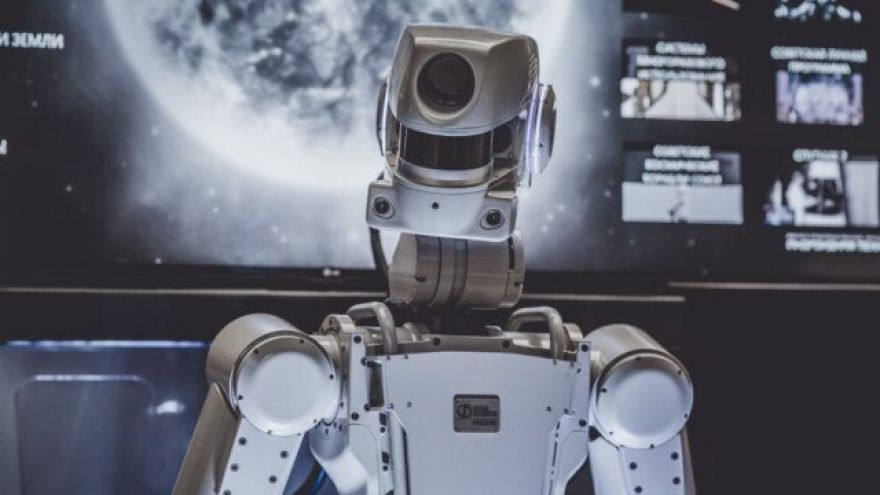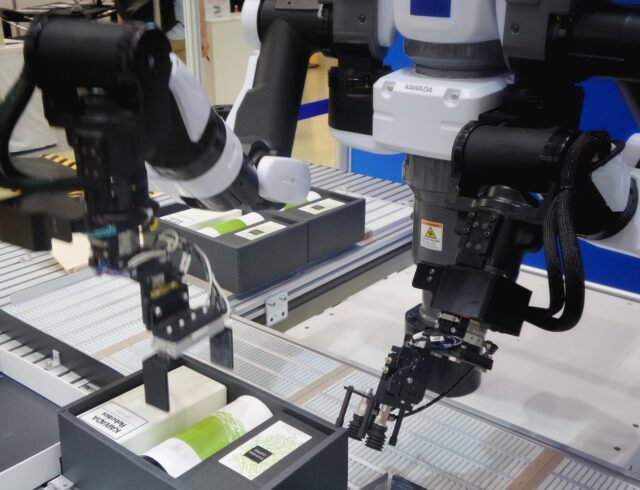
MIT: Taxing Robots Might Stave Off Job Loss, Income Inequality
MIT isn’t new to the concept of robots’ effects on labor and income disparity. Last month the university completed a study automation’s tendency to displace lower-income workers while increasing corporations’ (and their executives’) bottom lines.
The tax would incentivize companies to retain human workers while compensating for some of the payroll tax lost by a reduction in force. Arnaud Costinot and Iván Werning, two professors of economics at MIT, analyzed the rate at which robots tend to replace human workers to devise the ideal tax range. Also incorporated were displaced workers’ typical income levels as well as income taxes, the latter of which are meant to address income inequality to a certain extent.

(Photo: Possessed Photography/Unsplash)
An effective robot tax would likely sit between 1% and 3.7%, to the economists’ calculations. Much higher than this, and the tax would exaggerate the role robots play in operational routines; go lower, and companies won’t be incentivized to keep their human employees at all.
Decades ago, robots were thought to be a form of futuristic technology capable of reducing humans’ workloads and facilitating a simpler, stress-free life. But rather than giving way to Jetsons-like leisure, the advent of semi- and fully-autonomous robots has exacerbated existing labor and income disparity. Companies like Tesla and Amazon, which are known for using cutting-edge robotics in their factories and warehouses, are also known for pushing workdays and —not to mention —the very employees automation is meant to assist. When these systems fail, it’s often the employees at the bottom of the food chain who end up . (It’s worth mentioning that both of these examples are headed by disproportionately wealthy people, too.)
Automation obviously isn’t going anywhere. Robots will continue to make their way into industries like and , while artificial intelligence (an entirely separate field of study, yet equally built for convenience) takes on and . This means ideas like MIT’s small robot tax are virtually guaranteed to mature in the coming years.
Now Read: